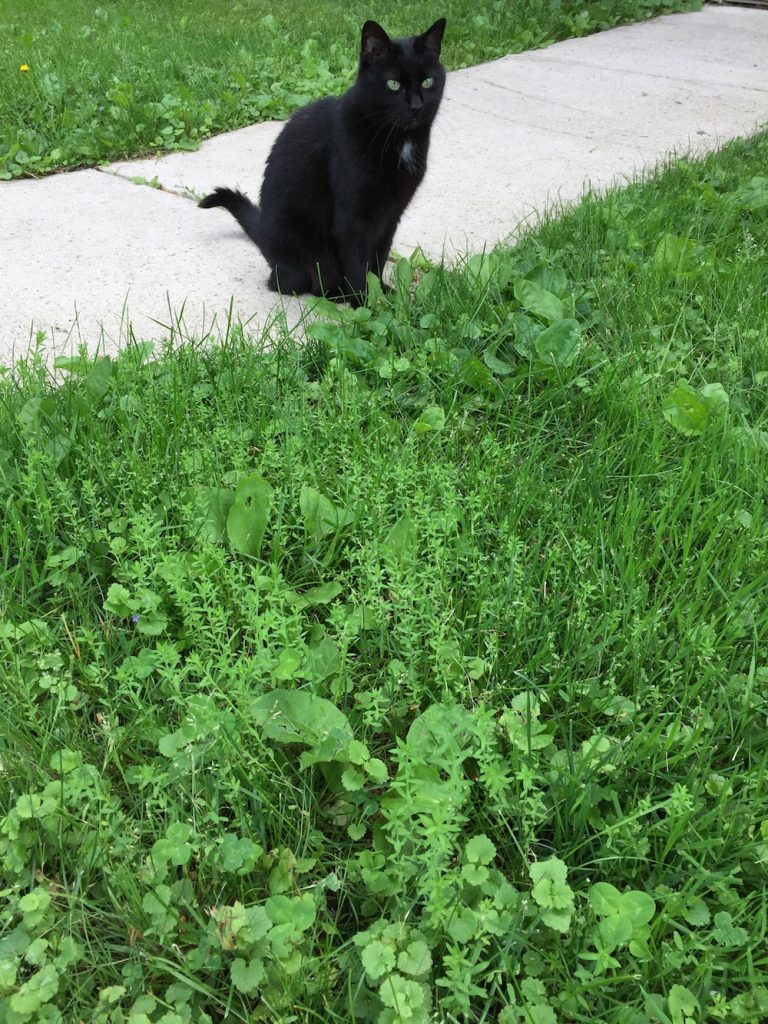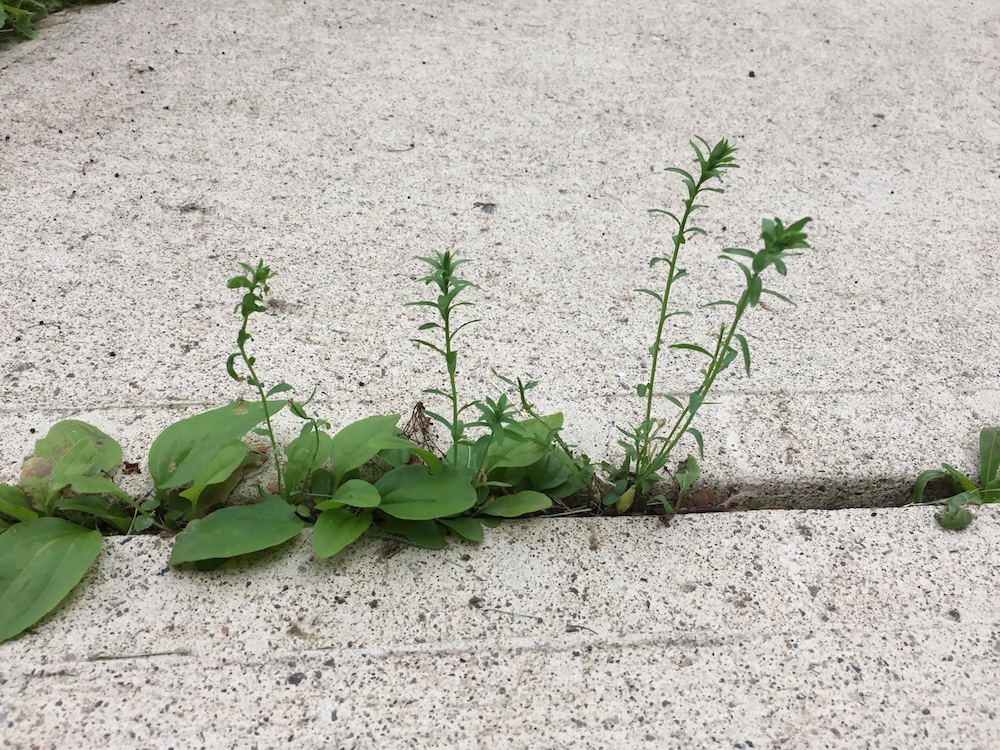In 2015, my flax and linen study group got 29 types of different fiber flax seed from the USDA. I’ve been doing my best to keep them isolated as I grow them, though I’m down to 12 types now that I’ve been able to keep going. Many earlier blog posts document my successes and failures with this project thus far.
My “beer bottle” method for removing flax seeds has some draw-backs. Hunching over like Gollum while I work is one of them. I have specific goals when I’m working with these seeds, which lead to specific practices that have (hopefully) specific outcomes. Namely, I am trying to keep the different varieties of flax isolated so that I can grow them out and increase the quantity of seed that I have from each type. When I’m taking the seeds off, I make an effort to keep the types separate.
My strategy with the beer bottle method is to crush the bolls onto a piece of cloth like a sheet or pillowcase. Whatever seed I can definitively confirm came from a specific stalk of a specific type, I deem worthy of saving. If a seed falls onto the ground, it is lost to me. I can’t guarantee which plant it came from, so I don’t keep it. Between each type of flax I sweep the path and do a careful visual inspection to be sure that the surface of the next sheet of cloth is clear.
My method also has some unintended outcomes, it turns out. I didn’t really realize how many seeds I was losing by this method until early June. The lawn out in front of the apartment was getting nice and lush, and I noticed a familiar feathery-looking plant amidst the blades of grass:
There’s plantain, dandelion, gill-over-the-ground, and oh yes, flax!
Here’s our cat Sammy checking out the scene.
Flax even started to grow through the crack in the sidewalk!
There was a lot of flax in the lawn. I got a really good germination rate! It’s not a good place for flax to grow, since it was repeatedly mowed, and eventually it couldn’t survive. I was pretty impressed that is was able to compete with the other plants for as long as it did. But from a seed conservation perspective, I obviously need a new approach.
